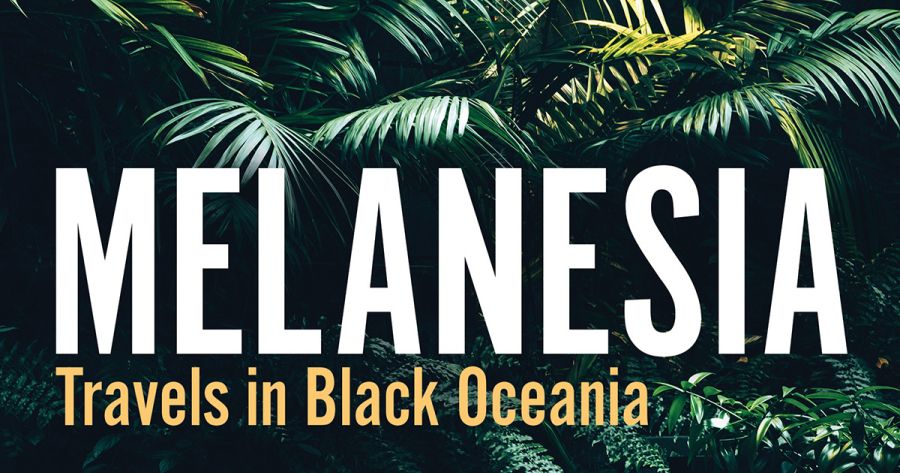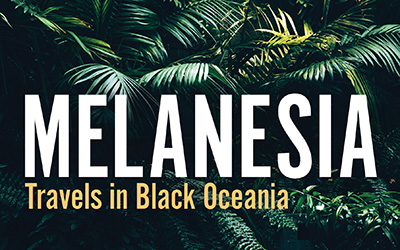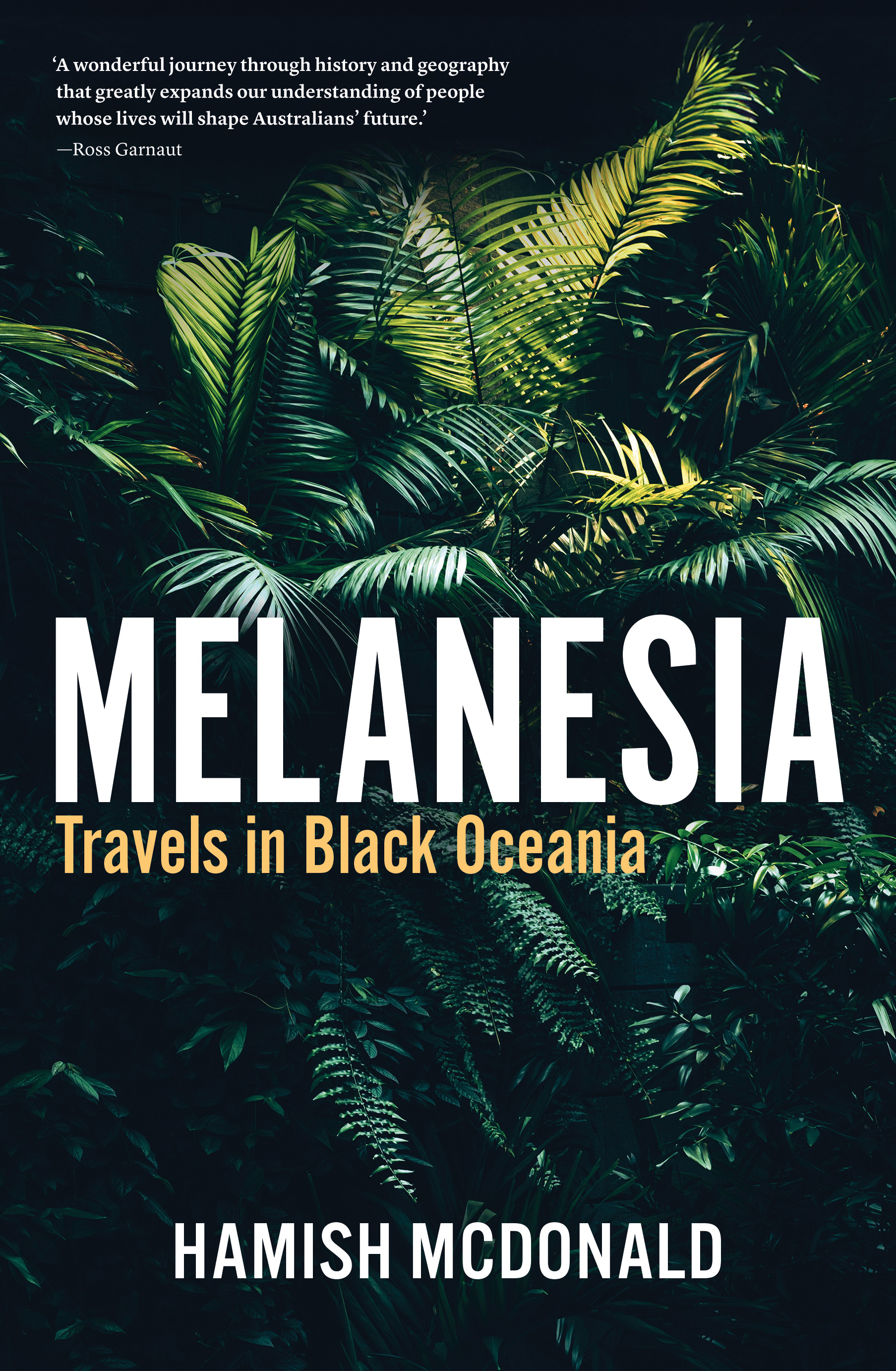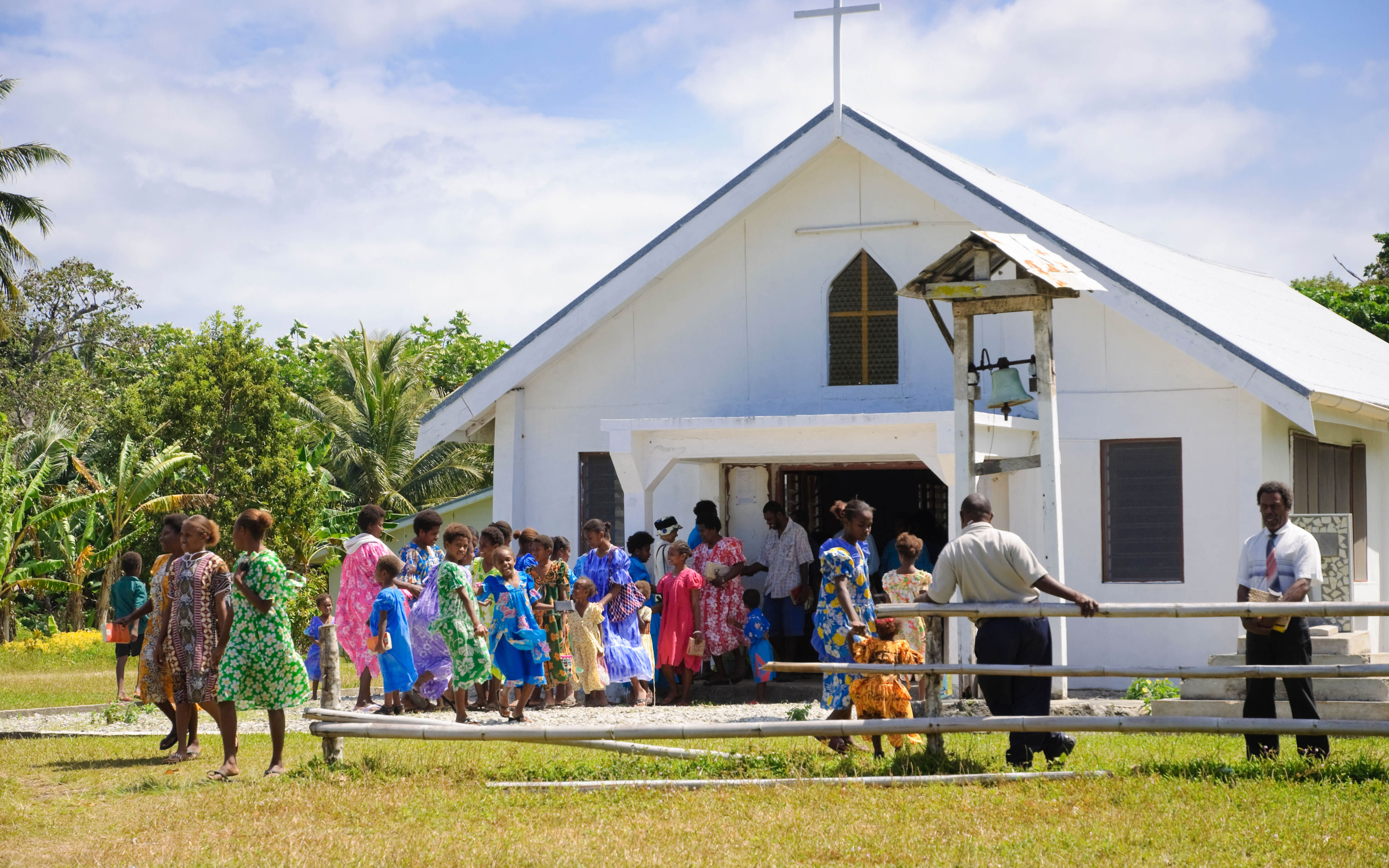
- Free Article: No
- Contents Category: Melanesia
- Review Article: Yes
- Article Title: Among the crocodiles
- Article Subtitle: Through a Melanesian lens
- Online Only: No
- Custom Highlight Text:
A few years ago, I spent a week in the village of Salamaua on the Huon Gulf coast of Papua New Guinea (PNG). I delighted in swimming in the warm tropical waters that lap the village. After a dip or two, I wondered if there might be crocodiles about. My hosts told me that there was a resident crocodile; sometimes it came through the village at night, but I need not worry. In generations past, Salamauans and crocodiles had come to an agreement not to hurt each other, and since then the people of the village and their guests had been perfectly safe. I kept swimming.
- Featured Image (400px * 250px):

- Alt Tag (Featured Image): Seumas Spark reviews ‘Melanesia: Travels in Black Oceania’ by Hamish McDonald
- Book 1 Title: Melanesia
- Book 1 Subtitle: Travels in Black Oceania
- Book 1 Biblio: Black Inc., $36.99 pb, 330 pp
- Book 1 Cover Small (400 x 600):

- Book 1 Cover (800 x 1200):

- Book 1 Readings Link: https://www.readings.com.au/product/9781760642037/melanesia--hamish-mcdonald--2025--9781760642037#rac:jokjjzr6ly9m
Hamish McDonald tells a similar story in Melanesia: Travels in Black Oceania. In the Solomon Islands, he meets a young woman, Sima Angolo, who explains the understanding she shares with crocodiles. She speaks with them, and they leave her be. This accommodation owes something to genealogy, for among the crocodiles is one of her ancestors, a sister of her great-grandmother. McDonald has a keen ear for such anecdotes, and he relates them without judgement or condescension. Melanesian wisdom and perception are honoured. McDonald is a white Australian, but here his lens is distinctly Melanesian, and this is the greatest strength and pleasure of this book. Much of what Australians and other outsiders know of Melanesia is flavoured by a potent brew of history and loose observation, where fact and prejudice blur. This book is a refreshing corrective, offering telling and fresh glimpses of a Melanesia unknown to most outsiders. McDonald does not shy away from discussing the ills confronting the region, but he does so with an eye sympathetic to circumstances and with an appreciation of the enduring, intricate beauty of its many cultures: the ills he describes never define his depiction of Melanesia and its peoples. While this might seem an obvious balance to strike, it is rarer than it might be. Academic scholarship usually makes the distinction, but all too often it is absent from media and popular discourse.
Melanesia encompasses both halves of the island of New Guinea, along with the Solomon Islands, Vanuatu, Fiji, and New Caledonia. To the north is the region known as Micronesia, to the east Polynesia. For McDonald, ‘the tangled, impossibly diverse mix of the Melanesian world’ has long held a particular allure. As a veteran foreign correspondent not to be confused with the younger foreign correspondent Hamish Macdonald, occasionally McDonald had cause to visit Melanesia. Usually these visits were short, McDonald able only to dip in and out of the issues that animate and shape Melanesian lives. Still, his interest was piqued and retirement, or partial retirement at least, offered a chance to return to places and conversations.
Melanesia is an account of McDonald’s recent travels across the region. His aim was to travel slowly and deeply, liberated from the deadlines and imperatives that rush the work of a foreign correspondent. He travelled by boat and car wherever possible, avoiding the paths that take travellers over or past Melanesia, rather than through it. He wanted to listen ‘to local voices about their transition from customary life into modernity’. This determination to travel close to country, beyond the hotels and trails favoured by expatriate visitors, was both worthy and brave. The PNG Highlands and other potential danger spots are not for every traveller. The chapters proceed geographically; the book starts in Fiji and ends in West Papua, the reader taken from east to west.
The exploitation of Melanesia by foreign powers is a key theme, with McDonald offering many examples of the mendacious colonial enterprise. If the bent towards exploitation was more brazen in the nineteenth and twentieth centuries, it is no relic, as the book makes clear. China, Malaysia, and Australia, among other foreign players, stay close to Melanesia, its minerals, natural resources, and geographic setting both a blessing and a curse. McDonald links past to present with powerful effect, demonstrating how colonialism, in its historic and modern incarnations, continues to shape the region.
His judgements can be sharp, never without reason or evidence. Some of the evidence is shocking. The population of the New Hebrides (Vanuatu) in 1870 was an estimated 650,000. A mere sixty-five years later, in 1935, it was around 45,000, with colonists breezily attributing the decline to degeneracy among Melanesian people and their weak spirit. Diseases brought by outsiders were a significant cause of this catastrophe, but another reason was the profound disruption that colonialism caused to kastom, a term used across much of Melanesia to reference traditional cultural and social life, including religion. Melanesians already knew belief and their gods, but not the god of white men. Proselytising missionaries forced Christianity on Melanesia, sometimes at the point of a gun and at the expense of ideas and rhythms that had ordered traditional life for generations. As one Solomon Islander tells McDonald, civilisation existed in the Solomons long before the arrival of missionaries and other European colonists.
 Tautu Church, Vanuatu, 2009 (CulturalEyes/Alamy)
Tautu Church, Vanuatu, 2009 (CulturalEyes/Alamy)
The unifying theme of this book is Melanesian strength and resilience. McDonald achieves a deft balance in that he confronts the pain of Melanesia’s colonial history and the violence, corruption, and problems of governance that have beset the region, while celebrating Melanesian successes in blending modernity and history. Religion offers a case in point. In large part, the missionaries won their battle, with Melanesians now among the most devoted Christians anywhere in the world, but their Christianity tends to be idiosyncratic and distinctly Melanesian, the teachings of Christ mixed with kastom. In this and other aspects of life, modern Melanesia has found, and continues to find, paths between the ways of the village and the demands of the nation state. This negotiation between old and new is not always positive or successful, but it is Melanesian. McDonald urges Australians to abandon their preconceptions and forge a better understanding of this Melanesia, the Melanesia he describes so evocatively. Melanesians know Australia well. Is the reverse true?
The cover puff for Melanesia comes from Ross Garnaut, who first worked in PNG as a young man and has since maintained an abiding interest in the country. Garnaut writes that the book ‘expands our understanding of people whose lives will shape Australians’ future’. True, and a good selling point for the publisher, but the point seems contrary to McDonald’s central message: Melanesia matters on its own terms. This fine, engaging book helps encourage this understanding.


Comments powered by CComment